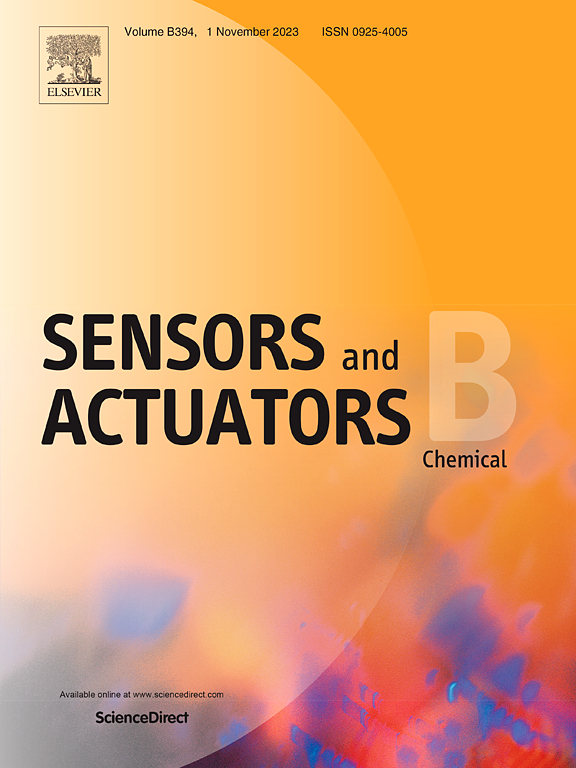Continuous dielectrophoretic sorting of liquid beads
IF 8
1区 化学
Q1 CHEMISTRY, ANALYTICAL
引用次数: 0
Abstract
We report the concept of continuous sorting of liquid beads using dielectrophoresis (DEP) in a microfluidic device. Liquid beads are liquid droplets encapsulated in a hard polymer shell, which provides a unique core-shell structure crucial for applications such as digital polymerase chain reaction (dPCR), digital loop-mediated isothermal amplification (LAMP), drug delivery, cell cultures and microreactors. A population of consistent microscale liquid beads are required for these applications. We utilised microfluidic methods to continuously produce beads with a narrow size distribution. However, this technique requires a precise control of flow rates to prevent the formation of core-less beads. We generated monodispersed liquid beads with trimethylolpropane trimethacrylate (TMPTM) shell and hydrofluoroether (HEF) core. The device produced about 20–30 % core-less solid beads, which needs to be removed from the population of liquid beads. We first examined the dielectrophoretic (DEP) responses for liquid beads and solid beads. Using a relatively simple setup with a steel needle and indium tin oxide (ITO)-coated glass electrodes, we demonstrated that beads exhibit both positive and negative DEP under alternate-current (AC) and direct-current (DC) electric fields. Subsequently, we designed and tested a microfluidic sorting device to leverage the differential DEP responses for continuous sorting of liquid beads and solid beads. In a DC field, solid beads experience positive DEP, whereas liquid beads show negative DEP, enabling their separation with an efficiency of approximately 80 %. Our sorting method provides a precise, controllable, label-free, and scalable solution for obtaining consistent liquid beads for further applications.

求助全文
约1分钟内获得全文
求助全文
来源期刊

Sensors and Actuators B: Chemical
工程技术-电化学
CiteScore
14.60
自引率
11.90%
发文量
1776
审稿时长
3.2 months
期刊介绍:
Sensors & Actuators, B: Chemical is an international journal focused on the research and development of chemical transducers. It covers chemical sensors and biosensors, chemical actuators, and analytical microsystems. The journal is interdisciplinary, aiming to publish original works showcasing substantial advancements beyond the current state of the art in these fields, with practical applicability to solving meaningful analytical problems. Review articles are accepted by invitation from an Editor of the journal.
 求助内容:
求助内容: 应助结果提醒方式:
应助结果提醒方式:


